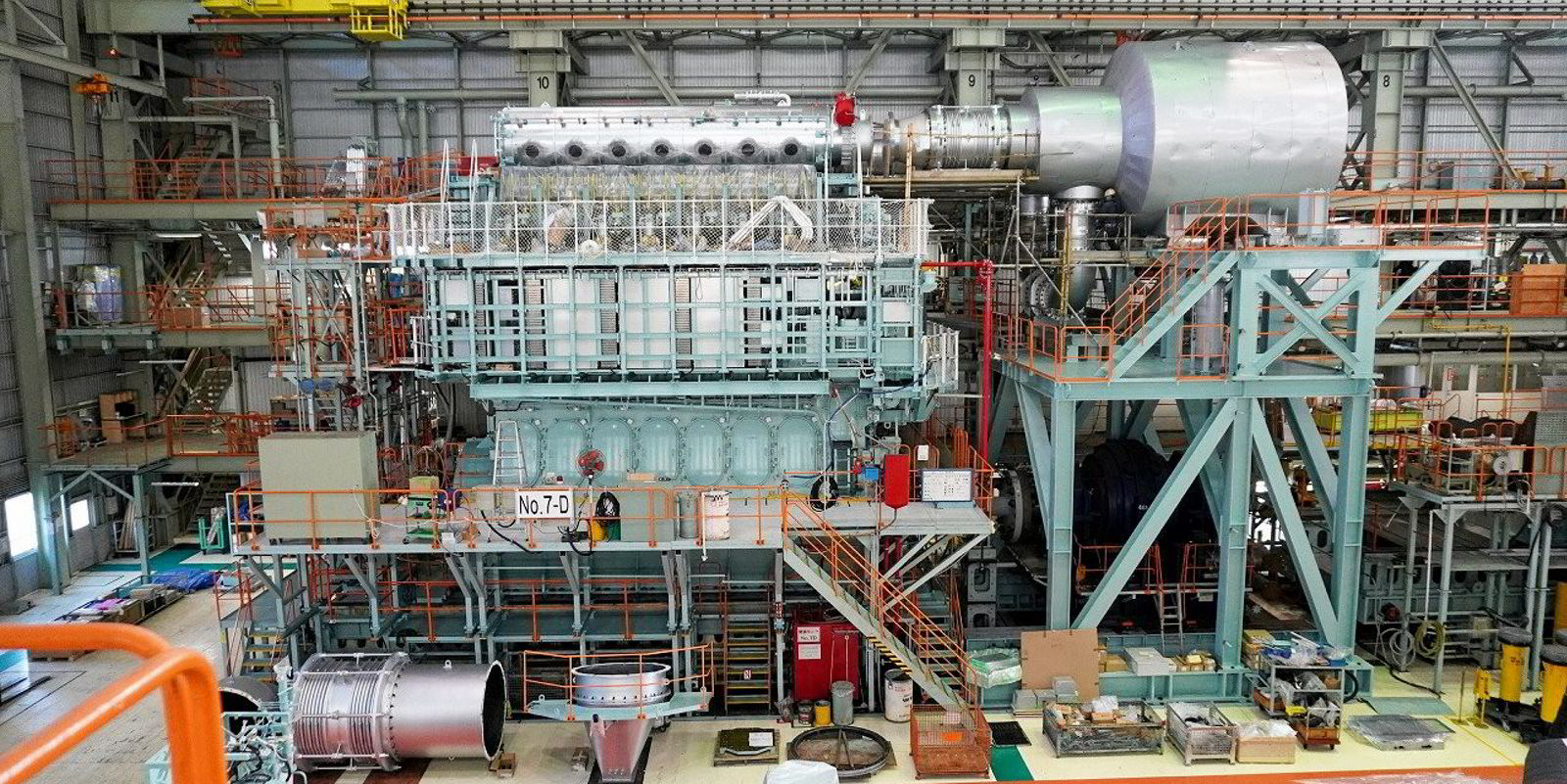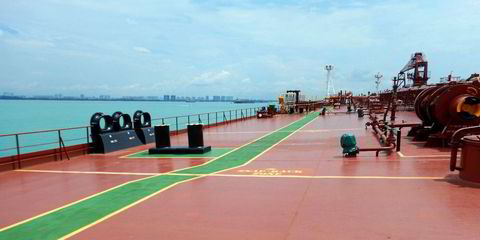Finnish shipping technology pioneer Wartsila has logged a higher first-quarter profit as the demand picture improves.
The engine maker and green fuel researcher said net earnings were €86m ($92m) to 31 March, up from €61m in 2023, as costs were cut.
The order intake increased by 11% to €1.9bn, but net sales were down 10% to €1.3bn.
Wartsila expects the demand environment for the next 12 months to be better than the past year.
Chief executive Hakan Agnevall said trade flows around the world had been impacted by conflicts in the Middle East, attacks on ships in the Red Sea and the drought affecting the Panama Canal.
Longer distances have led to increasing demand for ship capacity and decarbonisation-related vessel renewal, he argued.
“Investments in new ships were clearly higher than in the first quarter of 2023,” the CEO added.
“Higher capacity utilisation and a continued increase in shipyard capacity supported the growth in ship delivery volumes,” he said.
In total, Wartsila noted 411 new ship contracts signed in the first quarter, up from 255 a year ago.
But newbuilding prices continued to rise, indicating a ongoing shortage of yard capacity despite increases in capacity in South Korea and China, the group said.
‘Healthy’ uptake of alternative fuels
The uptake of alternative fuels remained at a “healthy” level, with 118 orders reported in the first quarter, accounting for 29% of contracts, Wartsila added.
LNG and methanol are still the two most preferred alternative fuel options, the company believes.
In the offshore sector, Wartsila observed growing market optimism, as high energy prices encourage more investments in offshore exploration activity.
This has increased the demand for drilling units and support vessels, resulting in further asset reactivations and interest in newbuildings.
“However, newbuild contracting remains limited due to high prices, the cost and availability of finance, and the lack of yard capacity,” the company said.
Overall, growing pressure to decarbonise operations supported the demand for both newbuildings and vessel servicing, the group added.
“This has resulted in investments in additional fleet capacity, direct fleet replacements, efficiency upgrades or fuel conversions, and maintenance activities to keep the existing fleet compliant and competitive,” Wartsila said.






